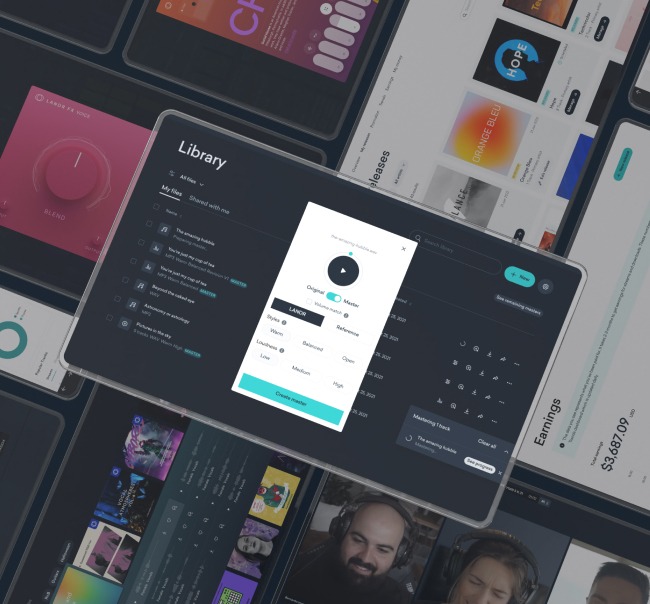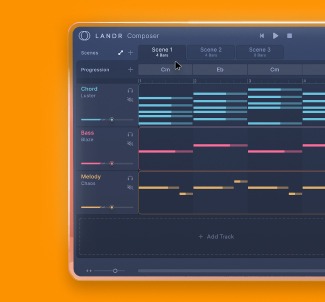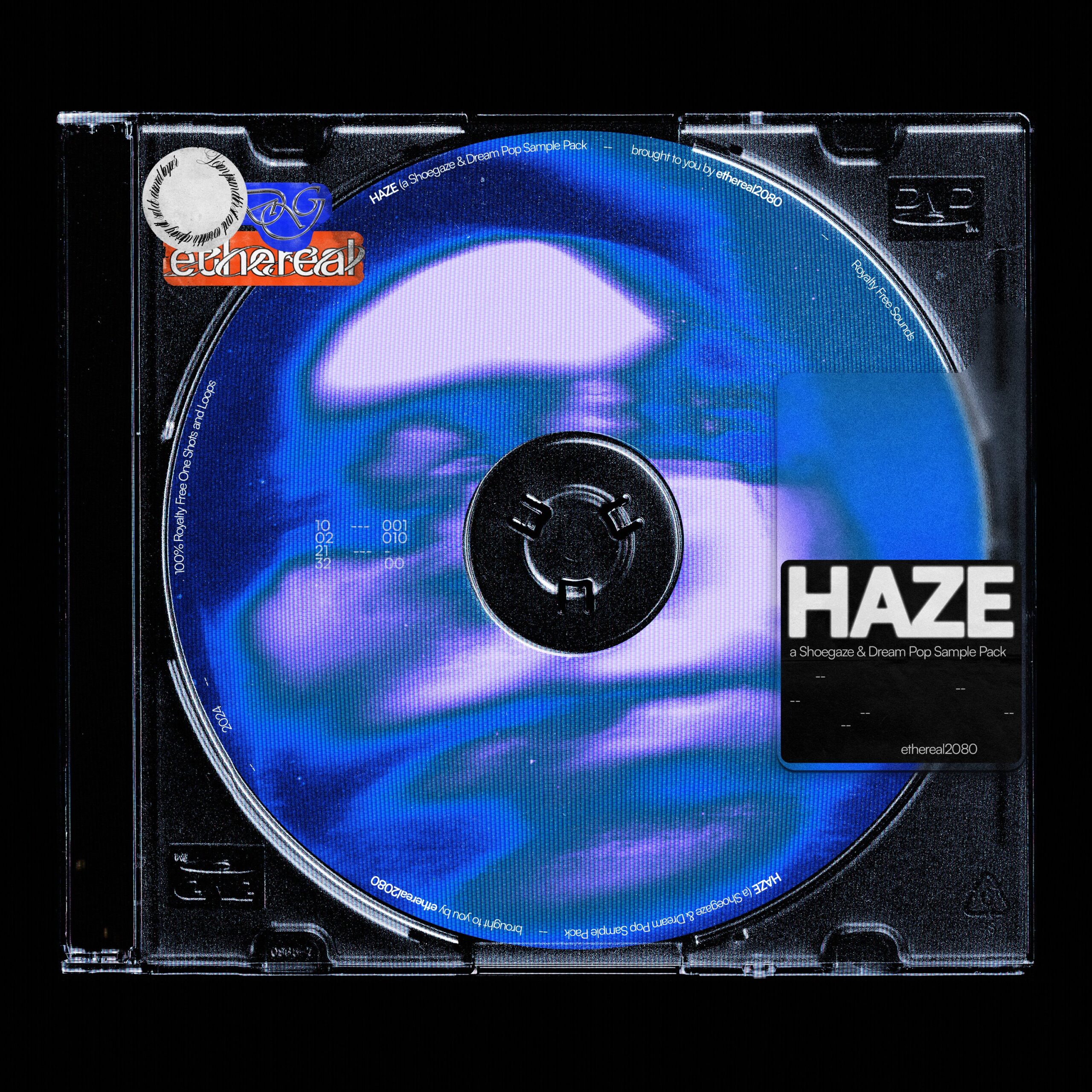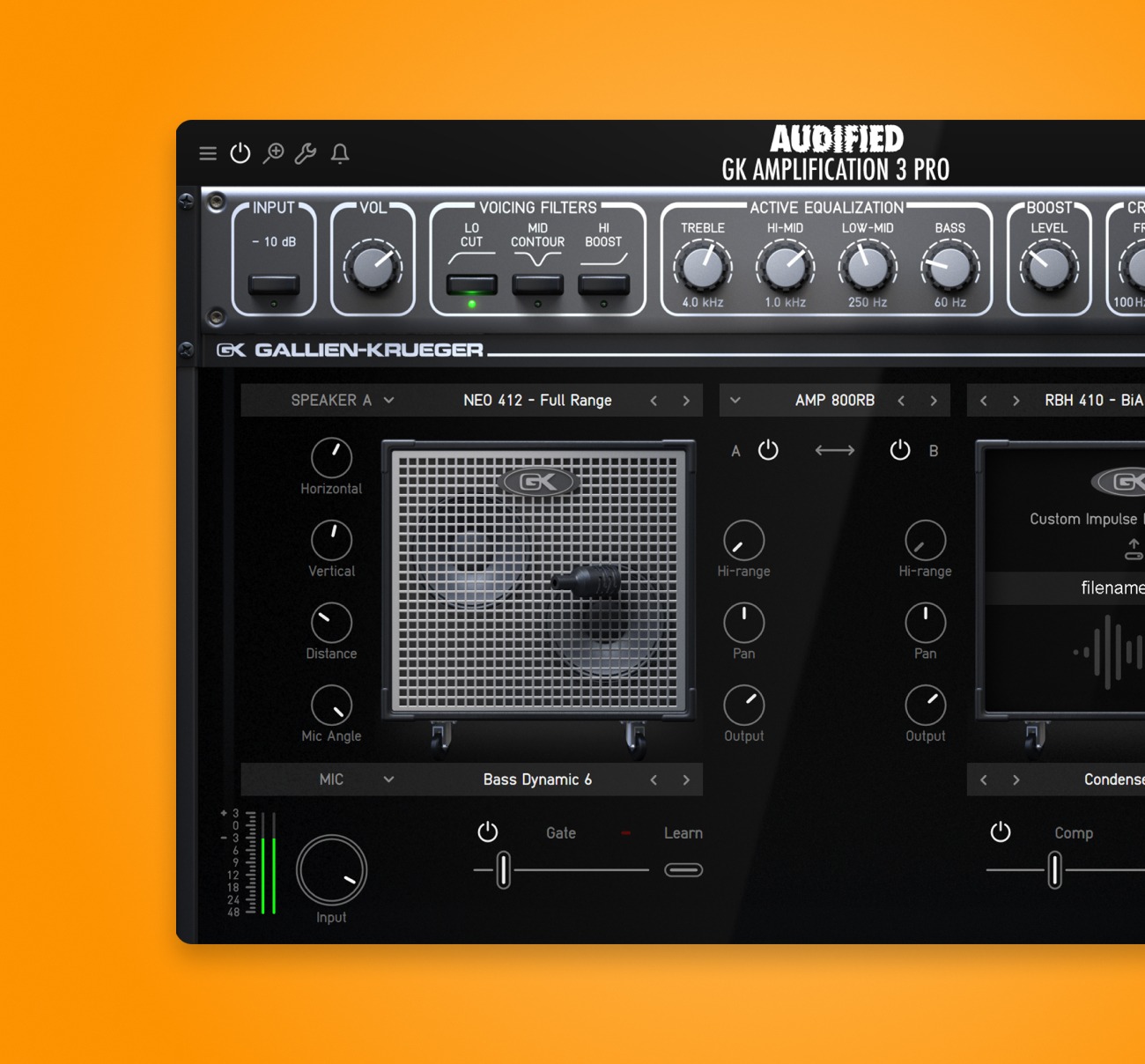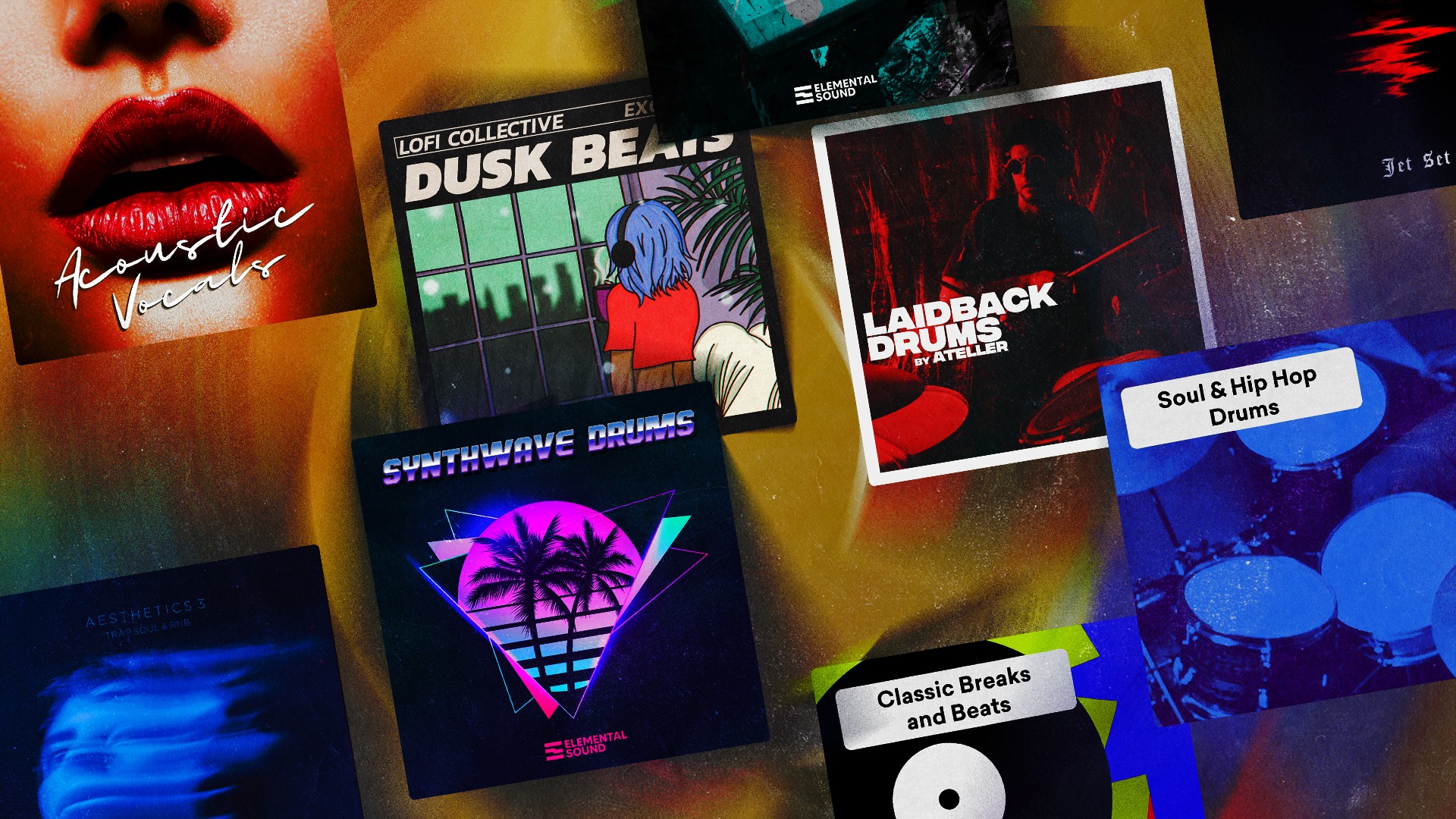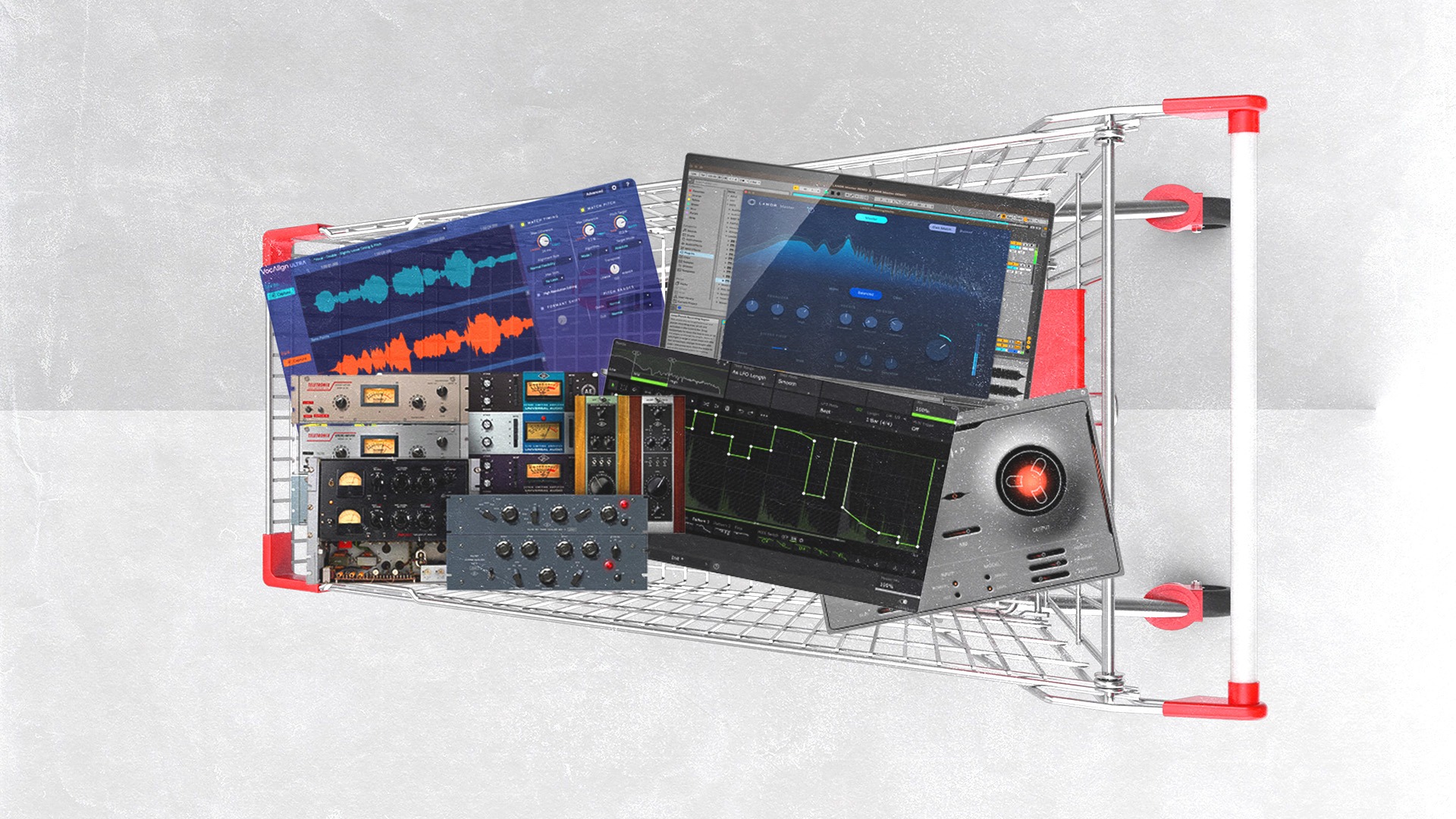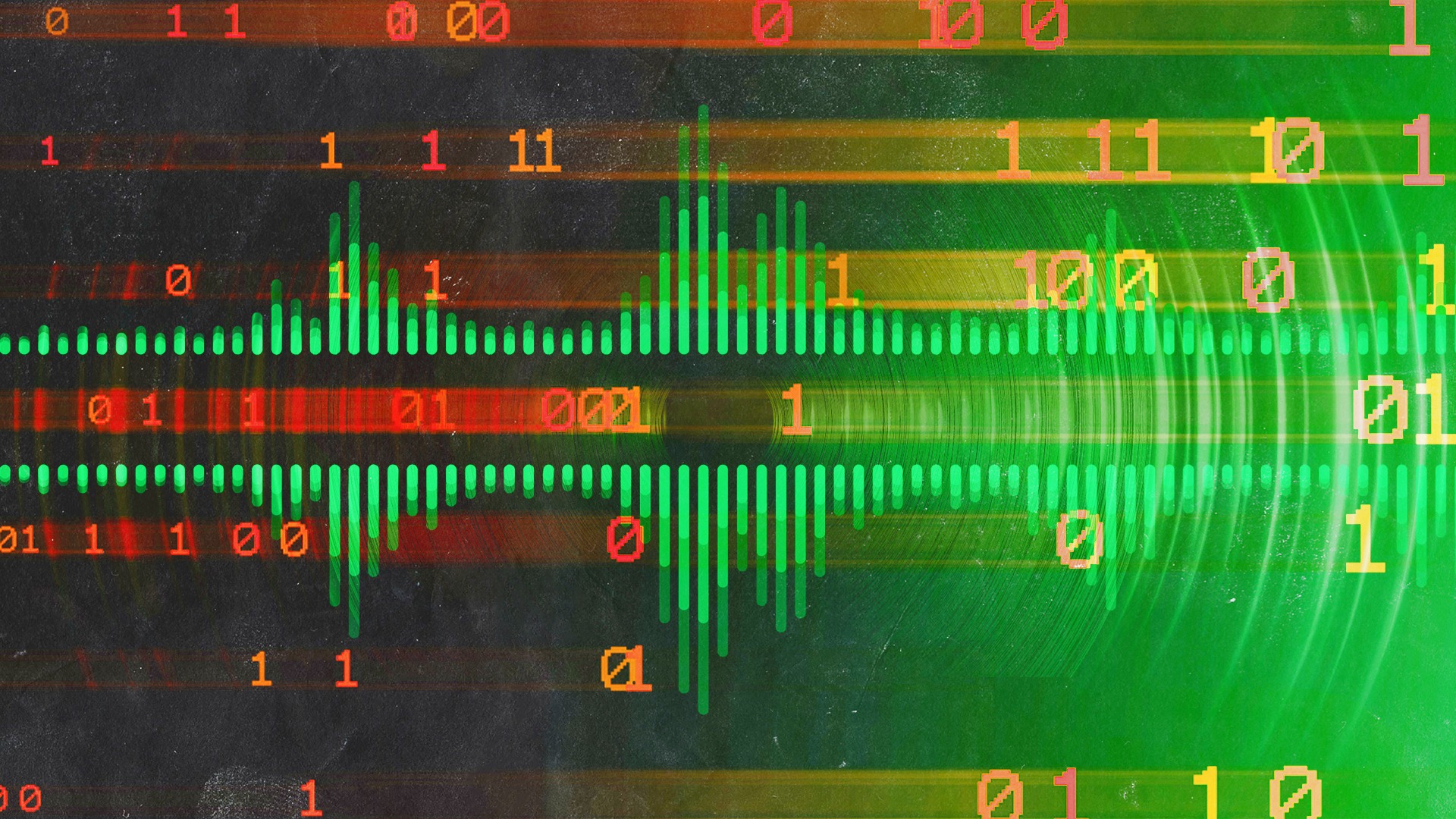
What is Shoegaze? A Short History and Production Tips for the Iconic Genre
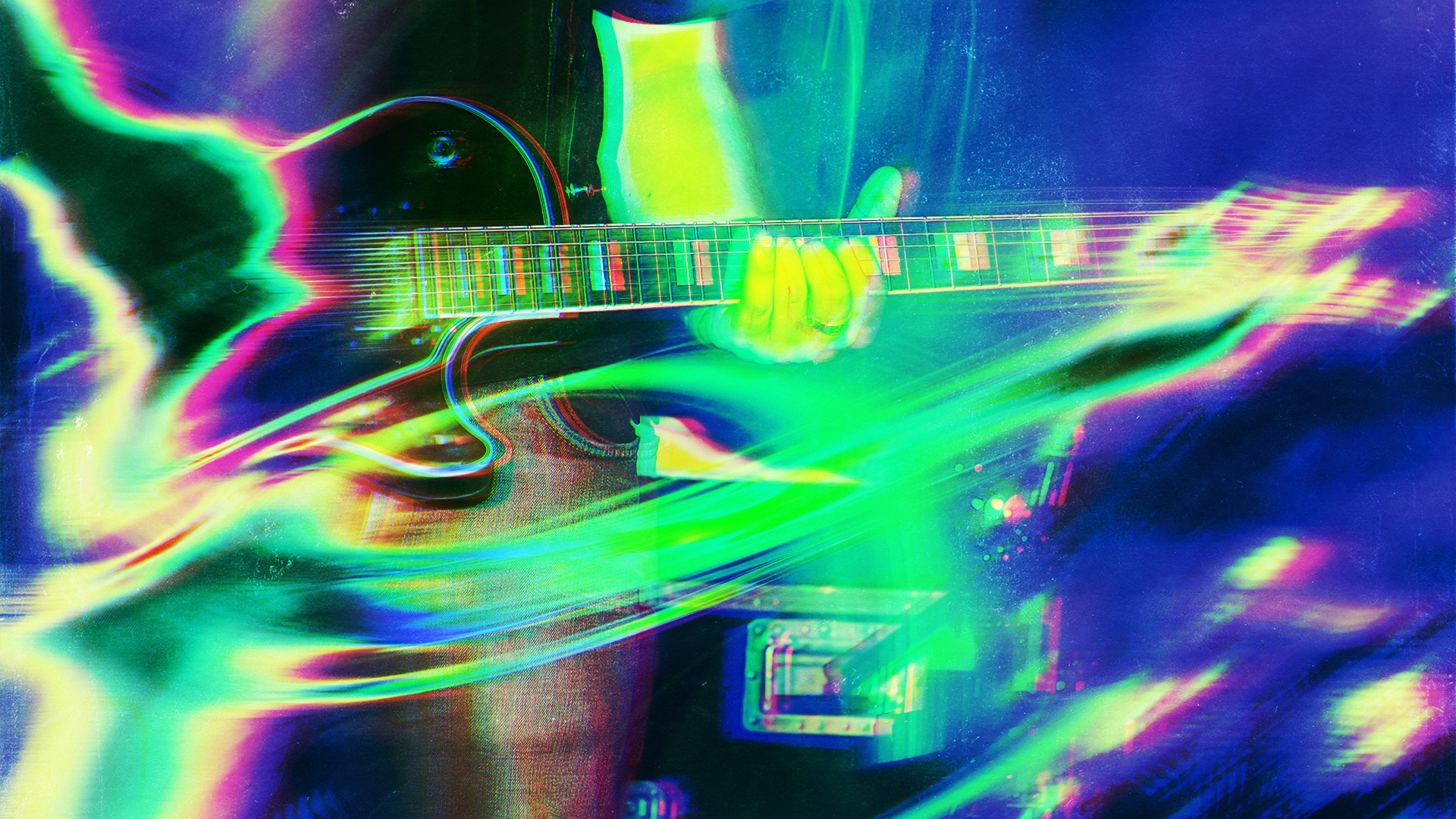
A smoky stage, low lights, reverb-drenched vocals, drowned out by loud, down-tempo, droning guitars played by guitarists staring at their effects pedals. That’s the essence of the iconic genre best known as shoegaze.
While it got its start in the 90s, shoegaze has surged in popularity over the last few years, with many new up-and-coming indie projects growing a culturally significant following.
If you’re curious about the genre and how to make shoegaze music, we’ve unpacked its history and the production styles behind it.
We’ve even made a shoegaze track of our own to show you how to make the music that fits in the genre.
Ready to learn about shoegaze and how it’s made? Let’s dive in.
What is shoegaze?
Shoegaze is a genre of alternative rock music characterized by its mixed-down vocal tone, emotional energy, down-tempo rhythms, droning guitar sounds and heavy use of reverb. The genre became popular in the 90s with bands like Slowdive, My Bloody Valentine, Ride and others who drove the genre into mainstream success.
Ever since it’s explosion into the mainstream, shoegaze has given birth to many sub-genres and is directly associated with other 2000s and 2010s alternative rock genres like indie rock, grunge and emo, to name a few.
Where did shoegaze get its name?
Shoegaze was initially a tongue-in-cheek joke made by music journalists observing the new alt-rock bands that would come to define the genre, saying the guitarists spent more time “gazing into their pedalboards” than they did looking at the crowd during their performances.
Hearing the slightly insulting critique, bands from the era ran with the joke, naming themselves shoegazers, ultimately embracing the effects-heavy yet distant, dreamy tone and aesthetic of the genre.
Subgenres of shoegaze
There are many sub-genres of shoegaze, all drawing on different aspects of the genre’s overall characteristics and sound.
Here’s a few of the most popular shoegaze genres and some influential artists across all eras.
Old-school shoegaze
The original sound of the late 80s and 90s that came to define the genre can be traced back to a handful of bands that pioneered the laid-back, guitar-heavy sound.
Notable old school shoegaze artists
Dream pop
Dream pop builds on the dreamy, ethereal sound produced by shoegaze’s reverb-laden production values and subdued vocals.
Instrumentation-wise, the genre leans into synth pads inspired by classic vintage synths like the Juno-8, while its guitars typically use less distortion and are often a bit more jangly and bright.
Some notable acts from the genre include:
Nu-gaze
Nu-gaze or grungegaze is a mashup genre that crosses ideas from shoegaze with the sound of nu-metal’s heavy guitars, hip-hop, rap and screamo influences.
Nu-gazers found that the genre’s nostalgic energy, clean guitars and cutting drums contrasted nicely with nu-metal’s high-intensity instrumentals and in-your-face vocal tone.
The best and most popular examples of nu-gaze are the more laid-back tracks on Deftones’ albums White Pony and Around the Fur.
Some other popular artists with nu-gaze influence are:
Slowcore
Out of all the shoegaze genres to see a resurgence in recent years, slowcore might be one of the most popular.
Slowcore does what it says on the tin. It leans into slower, more laid-back tempos, simple instrumentation, and emotional lyrics with variation between clean and distorted guitar passages.
In most cases, slowcore artists refer to lo-fi production values, creating a nostalgic and grainy, 90s cassette tape sound.
Some popular artists from the genre are:
Blackgaze
Similar to nu-gaze, blackgaze instead combines shoegaze’s reverby, droning guitar influences with black metal’s intense, blast beat drumming style and shrieking vocals.
Some notable blackgaze acts are:
Midwest emo
Midwest Emo isn’t shoegaze, but its influences, particularly vocals and jazzy yet emotive chord arrangements, certainly reach back to early shoegaze influences.
Similar to shoegaze, the genre is also characterized by a mix of clean and distorted guitars, slower tempos and low-key vocal tones with nostalgic lyrics.
But Midwest Emo doesn’t lean as much into the more ambient, droning shoegaze styles, preferring a crisp and clear sound.
Some notable Midwest emo acts include:
Post-rock
Post-rock originated immediately after shoegaze blew up into the mainstream, so you can look at it almost as a response to shoegaze’s pop-influenced sound.
Post-rock is decidedly not pop, taking inspiration instead from the sparse build-ups heard in shoegaze tunes and extending them into long minimalistic jams that stack and layer into a bigger and bigger wall of sound.
Unlike shoegaze however, post-rock doesn’t lean as heavily on distorted guitar. In general, the genre is through-composed, meaning it follows a linear song structure and doesn’t cycle through verses and choruses.
Some notable post-rock acts include:
Indie gaze
In recent years, an influx of new shoegaze-inspired artists has popped up in indie music scenes around America and Europe.
They’re characterized by their youthful energy and genre-mixing between shoegaze, electronic and trip hop.
Some notable acts include:
How to make shoegaze-style music
To make shoegaze, you need to understand its sonic quirks and general production values.
That’s not to say there’s a list of rules for writing a shoegaze track, but to make a song distinctly fit into the shoegaze your tracks will need to respect production values from the genre.
If you want to make shoegaze tunes of your own, let’s explore the nuts and bolts behind this demo we used in a recent YouTube video.
Here's the demo shoegaze track that we'll explore below.
Start with a simple 8 bar loop
We started with a simple loop of chords recorded on guitar. The guitar's whammy bar was held while playing to give it a natural warble.
First things first: whenever you’re working in the DAW, it’s never a bad idea to create an eight-bar loop and use it as your starting point.
Because shoegaze is a guitar-oriented genre, a good place to start is with a looped chord progression played on electric or acoustic guitar.
Find a dreamy, emotive chord progression that inspires you and record yourself playing it over eight bars.
If guitar isn’t your instrument, use a guitar plugin or sample to create a guitar loop that’ll serve as your starting point.
🧠 Hot tip
Get samples to fill out the instrumentation you don’t have
Shoegaze uses rock band instruments like guitars, bass and drums, but it’s also well known for adding atmospheric synth and drones on top of typical rock band instrumentation.
If you aren’t able to produce drums, bass, guitars or synths on your own, samples are a great resource to turn to.
For example, there are many shoegaze-inspired sample packs on the LANDR Samples marketplace. In the demo track above, we used samples from a shoegaze-themed sample pack called HAZE.
Take some time to browse through sample packs that appeal to you and listen critically to find sounds that complement your chord loop.
Don’t worry if the sample’s timing and key aren’t right at first.
Once you find samples you like, you can easily adjust tempo and key with sampling tools in your DAW or, if you’re using LANDR Samples, with its browser-based Creator tool.
Find your samples, layer them into your DAW, match key and tempo and you’ll have a great starting point for arranging.
Arrange into a buildup and write a foundation
Here's the build-up from the demo with no effects, we'll explore how to add depth with reverb and more later.
With a stack of loops making up an 8-bar section, your next step is to start arranging the start of your song.
Shoegaze tracks are known for having an introduction part that’s light and atmospheric with enough space to build up towards a big “wall-of-sound” chorus section.
In the demo, we started with a reverby strummed guitar section that’s fairly stripped back and played against a simple ambient drone texture.
This loop carries on for 16 bars before a bright and whining lead guitar sample comes in over top of the strummed chords and the ambient texture sample.
Finally, after the guitar comes in for one bar, a drum sample comes in for the fourth and final bar before dropping into a big chorus section.
The drums serve to both create a rhythmic backbone and create tension that’s ready for release when the tracks drop out and the big chorus comes in.
Drop into a “wall-of-sound” chorus section
Even without effects, the doubled guitars, bigger drum sound and bassline dropping in creates a much larger sound.
Finally, the big moment. Shoegaze tunes are most well known for their huge “wall-of-sound” sections created by reverb-drenched and intensely distorted guitars and synths.
It’s the extra punch that makes the track emotive and captivating.
In our demo, we saved the first chorus section as the place to drop into that huge shoegazey sound.
After the buildup, the arrangement drops immediately into a very similar arrangement, this time with distorted versions of the clean guitars and a continued vocal line that carries over from the introduction.
It’s the distortion going through reversed reverb that truly gives this chorus section a signature shoegaze sound.
It’s also at this point where we turn off the bandpass filters that were cutting out the mid and low frequencies on the guitars and drums in the intro section, creating a sense of fullness and release.
The drums go from having this lofi, telephone sound to sounding full and punchy.
Shoegaze audio effects
Reverse reverb, distortion turning on and EQ moves to cut down the drums, guitar and vocals before opening them up in the chorus add an important layer of depth.
It’s no secret that shoegaze uses a ton of effects and processing tricks to achieve its ethereal, dreamy, “wall-of-sound” production style.
Reverb is easily the most important effect used in shoegaze. To make this kind of music, you’ll need a lot of it.
Specifically, reverse reverb, which reverses the audio it receives before turning it into a reverb tail. This is one of the most popular styles of reverb in shoegaze.
You can hear reverse reverb used on many My Bloody Valentine tracks, for example.
But shoegaze tracks also benefit from touches of delay, chorus, EQ and compression to produce that atmospheric sound while keeping it under control.
In our example track, band pass EQ is used on the drums to produce a “lo-fi” sound that opens up once the band pass is removed in the chorus.
On top of that, Logic’s stock channel EQ is lightly used on almost every track to ensure tonal balance.
And of course, the guitars in the chorus are put through a CrushStation distortion preset, to create that grinding “wall-of-sound” effect.
🧠 Hot tip
Route audio through buses and effects sends
This is what the effects sends sound like when soloed.
The types of effects you choose, as well as how they’re managed and the settings they use, play a big part in creating shoegaze’s iconic sound.
First and foremost, it’s key to use buses that group audio signals together and create effects sends for each group.
In the case of our demo, we grouped clean rhythm guitars, distorted rhythm guitars, lead guitar, ambient samples, drums, vocals and bass into their own audio buses.
Each bus then uses effects sends to send audio to specific effects like reverbs, EQs, compressors, distortions and octave doublers.
This offers maximum control over how much processing is done for each instrument and it makes it much easier to tailor each send for the instruments sent to it.
If you need a refresher on how audio buses and sends work, we’ve covered it in past articles.
For the example track in this article, here’s a table with each instrument group and their respective effects sends.
Instrument Bus Effects and Sends
| Instrument bus | Bus Effects | Effects Sends |
|---|---|---|
| Intro rhythm guitar | Channel EQ | Reverse Reverb |
| Verse rhythm guitar | Channel EQ, Chorus | Reverse Reverb, Tape Delay |
| Vocals | LANDR VoxTune, LANDR VoxChain | LANDR VoxVerb, Vocal Octave, Channel EQ |
| Distortion guitar | CrushStation Distortion, Channel EQ | Reverse Reverb, Sidechain Compression |
| Drums | Channel EQ, Echo, 1A Equalizer | None |
| Bass | GK Amplifier, U73b Compressor, Channel EQ | Sidechain Compression |
| Drone sample | None | Reverse Reverb |
As you can see, each bus group has its own effects, specifically instrument-specific effects like distortion, echo, and EQs dialed to balance those instruments in the mix.
But they also send audio to their respective audio sends, which allows us to keep effects like reverb and compression uniform and controlled between instrument groups.
Producing vocals for shoegaze
Vocals work more like an instrument in shoegaze, they're soaked in their own reverb and buried in the guitars in this demo.
Just like any other genre, shoegaze vocals are an important part of the arrangement.
However, with shoegaze production, vocals are treated more like an additional texture, not always with the front-and-centre focus you might hear in pop and alternative rock.
Vocals are often buried behind reverb and the droning, distorted guitars. It’s not uncommon for lyrics to be nearly unintelligible and for the vocals to serve more as a texture.
In our demo, we used a ton of effects on the vocals to achieve an emotive, full sound.
Aside from a significant amount of reverb, the vocals also benefit from a send that contains an octave doubler, pitched up a full octave to add a sense of additional fullness to the vocal part.
I personally always write songs like this with a female singer in mind, so this pitch effect does a great job as a placeholder in this case.
Writing and arranging the rest of your track
Here's the full arrangement with an added verse and expanded chorus section.
That covers the basics of kicking a shoegaze track off, but if you want to finish your track, you’ll need more than just an intro and big chorus.
You’ll still need to compose verses and a bridge, as well as add extra elements to your arrangement to keep your choruses interesting and fresh.
To take your track to new places, switch up the chord progression like in the first verse of the example used in this article.
Or add and subtract new instruments as your track progresses.
The best thing you can do is actively listen to your track and make decisions about where it should go next.
Gaze into your future
That’s a quick look into the ethereal, reverb-drenched world of shoegaze.
From its humble beginnings as a tongue-in-cheek joke to its recent resurgence and diverse subgenres, shoegaze continues to captivate listeners with its unique blend of emotional energy, droning guitars, and atmospheric production.
Whether you’re a seasoned fan or a curious newcomer, we hope this sheds some light on the genre’s rich history and provides you with the tools and inspiration to create your own shoegaze-inspired tracks.
Gear guides, tips, tutorials, inspiration and more—delivered weekly.
Keep up with the LANDR Blog.
